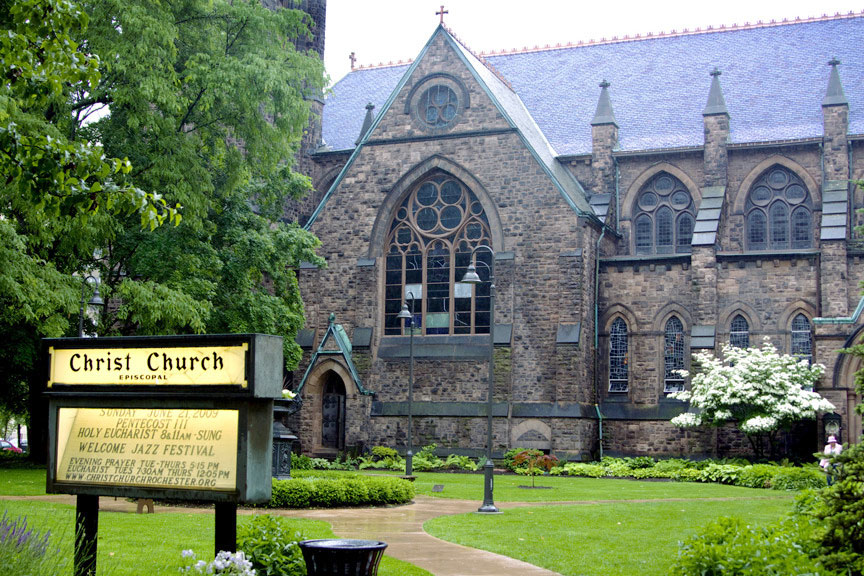
The Heckelphone, the 4-foot long link between the oboe and bassoon worlds, was originally designed to extend to Low-A.
Not sure you even know what a Heckelphone looks like? You're not alone, as I myself have never had the opportunity to play one. Though it originally had a few moments of glory in various orchestral pieces and probably the best known work, a trio by Paul Hindemith, this instrument is still rather obscure. The reason being is that they are only made by special-order, expensive, and the existing instruments are often in poor condition. There are some die-hard fans out there, however. I believe that there is an annual meeting of Heckelphone owners in New York, though the roster is probably still under 20 people total. I wish that I had more personal experience with this instrument but as with many members of our extended-double reed family, we only see them on that rare family reunion and even then, only briefly catch-up on their past highlights.
One might also consider the Lupophon, a recent creation that is being toted as the "new bass oboe". 

Here is the description from the Lupophon's "Facebook Page". It may be a revamped version of an oboe relic, but at least it's socially connected. I would love to try this instrument and think it is very exciting when musicians go back to the drawing board.
Think about it; if you're an oboist, you are already playing on a period instrument.
In early 2009, Guntram Wolf of Kronach, Germany announced a new instrument, the Lupophon. This new instrument is being called a reinvented Bass Oboe. It also has several characteristics of a Heckelphone. Let all of us Oboists, Bassoonists, and fans of this wonderful instrument come together for this amazing innovation.



















